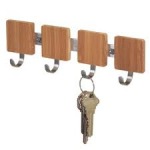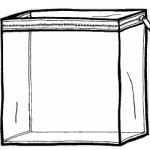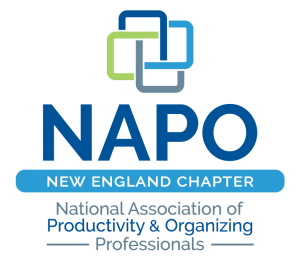Save Time
 Do you feel that being organized could save time? When I ask this question in the classes I teach on organizing, everyone says, “yes”. They go on to say that one of the major time saving benefits of being organized is being able to find what they want when they need it. They feel that being organized would mean that they would spend less time hunting for things, less time putting things away, less time stressing over misplaced items. This is true. In fact it’s been proven that organized people save themselves time every day.
Do you feel that being organized could save time? When I ask this question in the classes I teach on organizing, everyone says, “yes”. They go on to say that one of the major time saving benefits of being organized is being able to find what they want when they need it. They feel that being organized would mean that they would spend less time hunting for things, less time putting things away, less time stressing over misplaced items. This is true. In fact it’s been proven that organized people save themselves time every day.
So, how can you make this happen for you? You can make it happen by following a two step process. Step one is to have or create a designated home for things, and step two is to consistently return things to their designated home. For example, if I have a designated home for my keys (mine are on a hook by my back door), I know where they belong, and can put them in their designated home quickly and easily. This encourages me to put them away, instead of just tossing them on the counter or burying them in my pocketbook. Also, if I consistently return my keys to their designated home, I know where to find them when I need them, and there is less chance of me misplacing them or loosing them. This 2 step process works with everyday items like groceries, eye glasses, and receipts, as well as one-of-kind items like your passport, camera, and title to your car.
Although being organized can save you time, getting and staying organized requires time. Unfortunately, it doesn’t just happen all by itself, but if you practice the two step process of creating a designated home for things, and consistently returning things to their designated home, it might feel that way. What I mean is that once an action becomes habitual, less effort and brain power is required to preform the action. So, it seems as though it is happening all by itself. I’d recommend starting with just one items and one action, and see how long it takes for you to save time every day.
©November 2014 Janine Cavanaugh, Certified Professional Organizer® All rights reserved








Follow Me